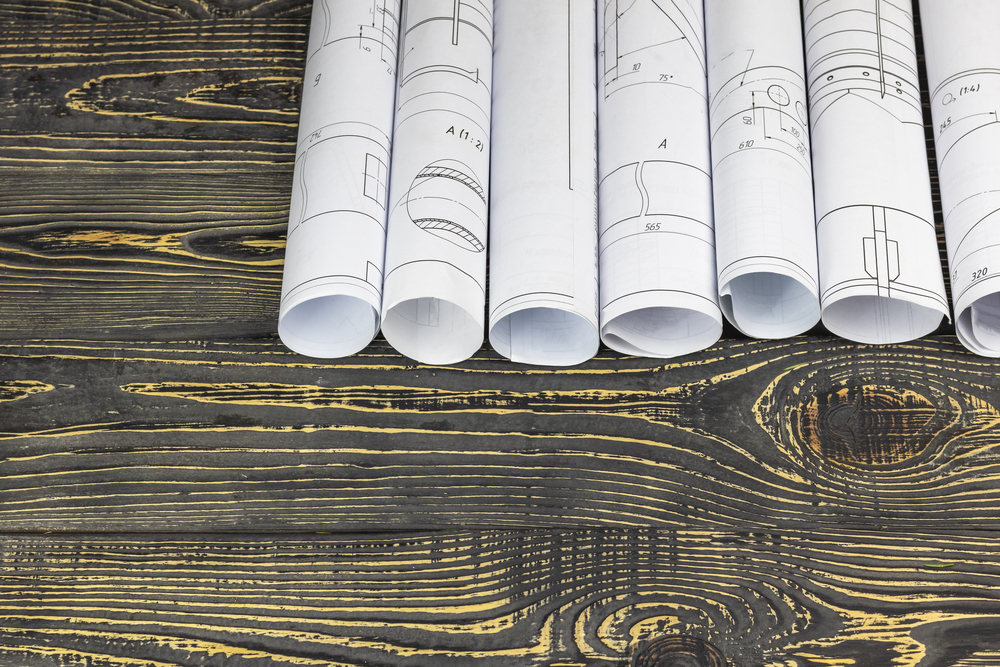In any city, steel can be seen almost everywhere you look. It is one of the most widely used and most highly recycled materials worldwide. Just last year, total world crude steel production reached 1.864 billion metric tons.
The demand for steel continues to expand on a global scale as we see innovations in the metal fabrication industry. To illustrate that demand, stainless steel production has more than doubled throughout the past 15 years. The growing use of crude steel looks to continue, with demand for steel forecasted to exceed 1.3 million metric tons this year due to emerging markets.
There are many options when it comes to steel. Knowing how to choose the right type of steel grade for your project is essential.
Steel Selection Fundamentals
There are five main concepts to keep in mind when choosing the correct steel grade.
1. The End Product
The end product is the primary focus when considering which grade of steel is the right fit for your needs. Typically, there are seven main sectors where you see steel used:
- Buildings and infrastructure
- Mechanical equipment
- Automotive
- Metal products
- Other transport
- Domestic appliances
- Electrical equipment
When planning your needs, consider the environment you expect to use the end product once it is complete. The location in which you plan to use the end product will significantly affect the steel. Choosing the wrong steel grade will result in decreased performance, quality, and functionality.
To ensure the product can withstand its environment, consider the temperature, pH levels, and frequency of impact that the steel will need to resist. If you are using structural plate steel and the end product will face extreme conditions, it is best to go with a higher grade steel. If it simply serves as supplemental material, you will be able to use a lower grade steel.
2. Determine Your Budget
Commercial viability always comes into play with every project. The grade and amount of steel you can use to complete your project depends on how much you are willing to spend. A higher steel grade typically costs more, but it is also a higher quality that may be required.
With clever design, your project may require a lower-grade steel to ensure the end product is structurally sound and fit for purpose. By hiring an experienced engineer, you may be able to do more while spending less.
3. Machinability
When it comes to steel, you’ll need to consider the machinability of the metal according to your project needs. Machinability refers to the ease in which a material can be cut and shaped to fit your purpose. This includes how easily you can modify the steel by cutting, drilling, or other techniques to alter the material while retaining a presentable finish.
You’ll need to weigh up the machinability with your performance requirements in order to select the right steel grade to meet your needs. Again, that depends on the planned use for your final product and the environment it will be used in.
4. Unique Properties
The tensile strength, toughness, and ductility are critical factors when selecting your steel grade. Each grade of steel differs in these qualities so it’s important to get the right advice for your project. Tensile strength refers to how well the steel does when exposed to tension. If it can handle stress without damage, it is a suitable tensile strength.
The amount of alloy metal within the grade of steel determines its toughness and ductility. In general, the higher the percentage of alloy, the tougher and more ductile the steel.
5. Most Common Uses
Steel and plate steel fall into four main areas according to the end product requirements:
- Carbon steel, make up the majority of steel production. Within the realm of carbon steel, you will see low-carbon steel, medium-carbon steel, and high-carbon steel. These grades of steel are seen anywhere from automobile parts to food cans, cutting tools, and much more.
- Alloy steels, combine other elements to alter the properties of the steel. It exists within the medical, aerospace, and agricultural industries, among many other uses.
- Stainless steels, are more corrosion-resistant as well as magnetic. Stainless steel use is common in the construction, transportation, and food industries. Consequently, understanding the different types of stainless steel can help you decide which grade will best suit your project. Being an “alloy” of iron, carbon, chromium, and other components, several dozens of stainless steel varieties exist.
These usually fall in one of the five major grade groups: Austenitic, Ferritic, Precision-Hardening, Duplex, or Martensitic stainless steel. - Tool steels, usually used without alteration, are commonly used in machines that create plastic and wood products.
Which Steel Will You Choose?
Considering the points above and applying them to your unique project gives you an understanding on which grade of steel may be best fit for your project. Researching the specific properties of each grade of steel may help your selection however you should always seek expert advice when it comes to structural steel. Ensure you get the right expertise from qualified engineers to ensure your project is successful.







